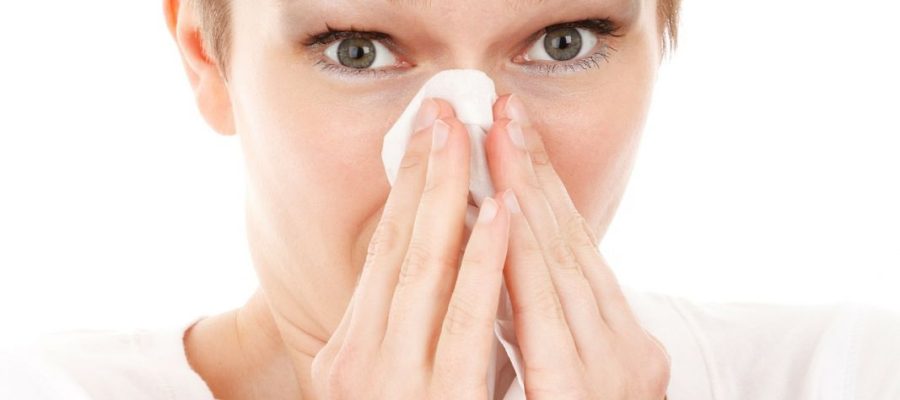Although we are continually exposed to mold in our everyday environments, being allergic to mold or exposure to a lot of molds can elicit certain symptoms. Mold exposure symptoms can present as sinus pain, shortness of breath, fatigue, a headache for example and while these symptoms may seem pretty usual, if they are not responding to regular medical treatment, tend to come and go dependant on the environment or are just out of the ordinary, it might be time to investigate further.
Since the symptoms of mold exposure are commonly associated with other illnesses, you may be initially diagnosed with something more common like chronic sinus infection, cold, or fatigue syndrome. Environmental triggers may not be the first thing on a doctors mind when they see what seems so common, so many prescribe a common drug and tell you to follow up assuming your symptoms will be eliminated.
However, if you’re experiencing true mold exposure symptoms, there are things to look out for to differentiate from one of the more common diagnosis. The first is to take notice of how you feel in certain environments. If you know you are always experiencing your symptoms at home, and they disappear when you leave, it may be an indicator that environmental exposure to some irritant is the cause. If you experience shortness of breath in the workplace but have no issues at home, it may be an indicator that environmental exposure to some irritant is the cause.
Mold inspection is a great first step if you’re experiencing the pattern as described above. Mold exposure symptoms can be misdiagnosed, and it may be an inspection that will help to narrow down just what the issue is. At HNST, owner and operator John Skelly performs professional mold inspections to help identify if there is harmful mold in your home. Along with mold testing, allergen testing can be done as well. Sometimes it is not exposure to mold causing these symptoms, but exposure to other environmental irritants.




